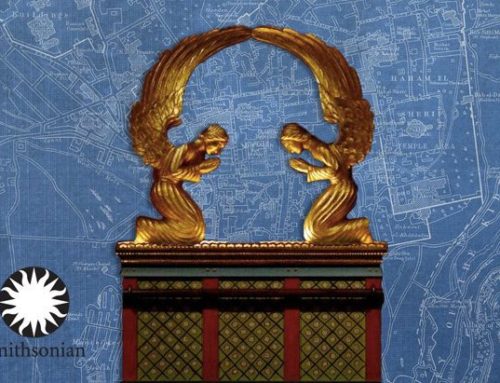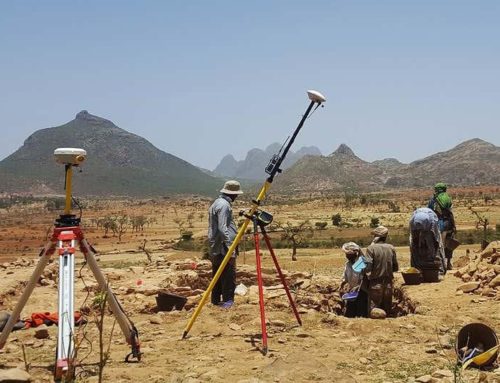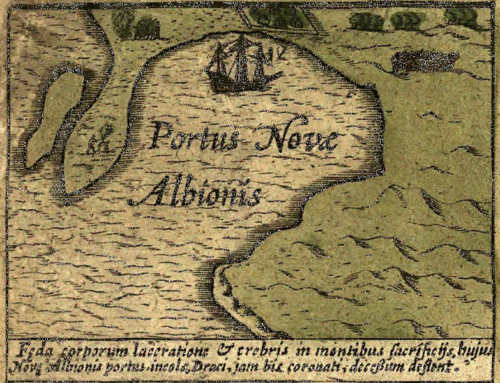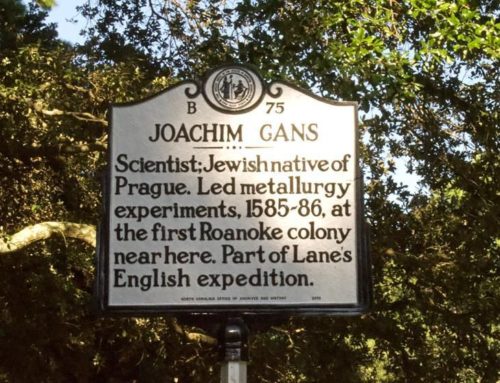By Megan Gambino
Smithsonian.com, December 18, 2009
Andrew Lawler has written for newsletters, newspapers and magazines about topics such as astronomy and zoology. He has been a Washington reporter covering Capitol Hill and the White House and a Boston correspondent for a science magazine writing about universities. Currently, he is freelancing from his home in the woods of Maine.
What drew you to this story? Can you describe its genesis a bit?
It all began with a toilet. A Smithsonian editor asked me about the recent find of what one archaeologist claimed was a latrine at Qumran. Next thing I knew, I was bumping across the Judean hills in a jeep. But as with everything involving this site, there is no agreement on whether there was an indoor loo!
What was your favorite moment during your reporting?
Climbing around the rocks just above Qumran and tracing its little aqueduct, with the Dead Sea and the tourists far below, all was serenely quiet. It could have been two thousand years ago. I have a good job.
What was the most surprising thing you learned about Qumran and the Dead Sea Scrolls?
Perfectly pleasant and reasonable scholars can quickly lose their heads over Qumran. There is so much animosity among researchers about the scrolls and the place where they were found. I find such deep-seated animosity rare in most other areas of archaeology.
What do you hope readers take away from this story?
Qumran is a mirror. How we interpret it tells us so much about who we are, what we believe and how we navigate the intersection of science and faith.




